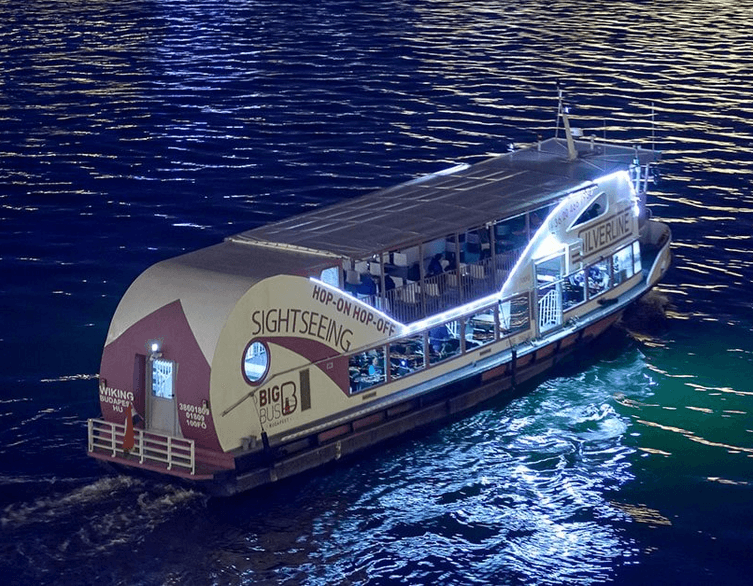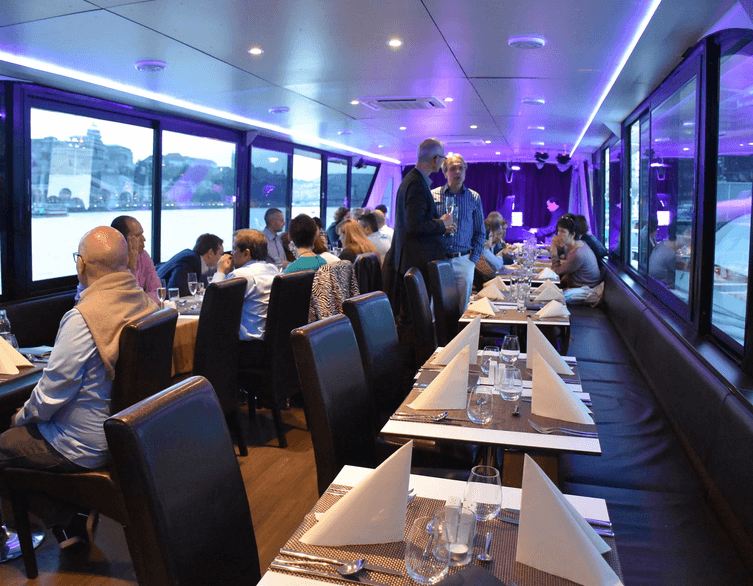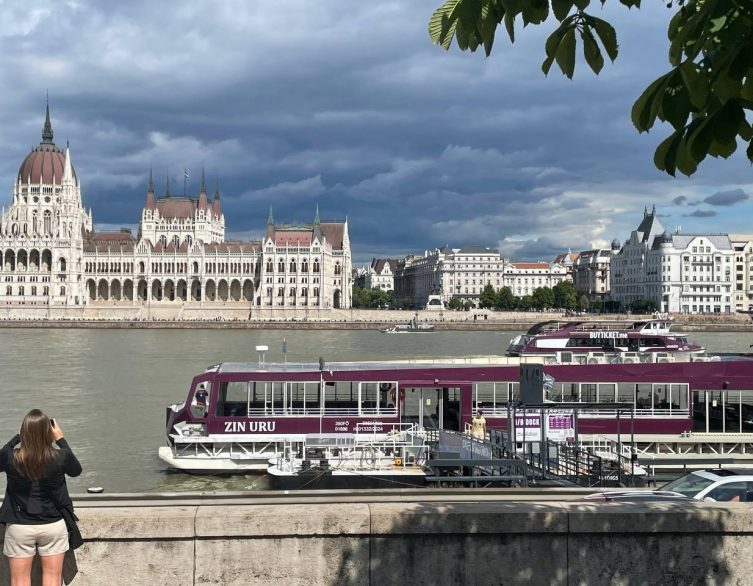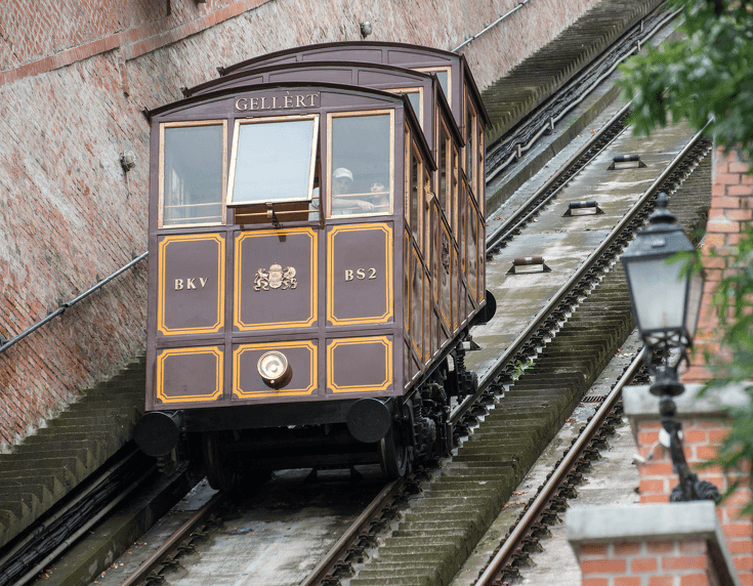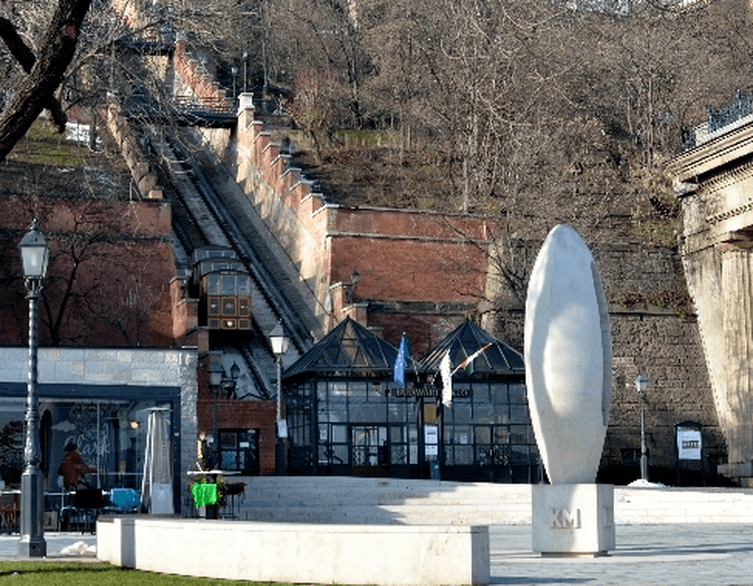Buda Castle Funicular Safety: Why Budapest’s Historic Railway Remains Secure After Lisbon Tragedy
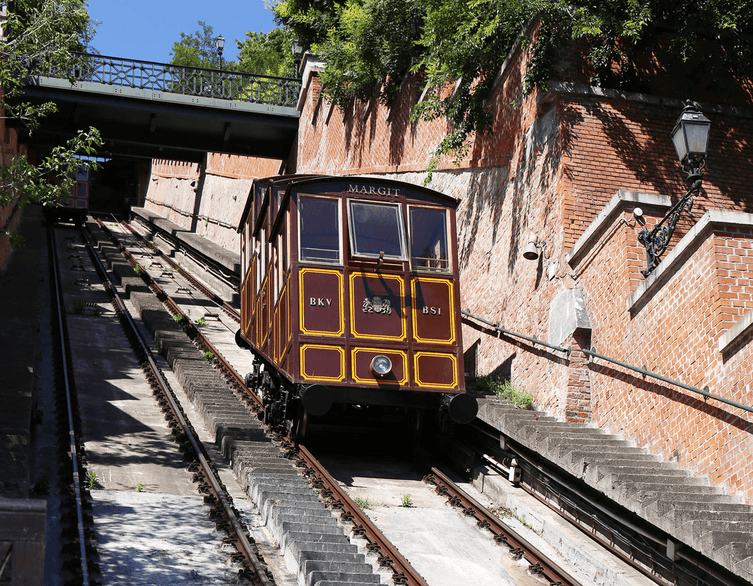
The Buda Castle Funicular remains a safe and reliable transportation option for visitors to Budapest, even in light of recent tragic events involving a similar funicular system in Lisbon. Budapest’s transportation authority BKV has reassured the public that the advanced safety measures in place make such an accident impossible on the Hungarian capital’s historic railway.
Understanding the Lisbon Tragedy
On September 3, 2025, Lisbon’s 140-year-old Gloria Funicular suffered a catastrophic failure that claimed at least 16 lives and injured approximately 20 others. Portuguese investigators determined that a cable break between the two cabins caused the devastating accident. The incident occurred when the connecting cable suddenly snapped just six meters into the journey, causing one cabin to lose control and accelerate down the steep 18-percent grade at speeds reaching 60 kilometers per hour.
The out-of-control cabin derailed at a sharp right turn approximately 170 meters from the upper station, crashing sideways into a building wall before hitting a lamp post and electrical infrastructure. The wooden cabin was completely destroyed in the impact, highlighting the severity of this transportation disaster in Portugal’s capital.
Best deals of Budapest
Why Budapest’s System Is Different
The BKV transportation company has explained in detail why such an accident cannot occur on the Buda Castle Funicular. The Budapest system incorporates multiple layers of advanced safety technology that were not present in the older Lisbon installation.
The most critical safety feature is the non-destructive magnetic inspection system used to monitor the traction cable’s condition. This sophisticated technology provides precise information about the cable’s physical state and can detect even the smallest changes or potential weaknesses before they become dangerous. This early detection system allows maintenance teams to address any issues long before they could lead to cable failure.
Advanced Automatic Safety Systems
Unlike the tragic Lisbon case, Budapest’s funicular cars are equipped with an independent automatic safety braking system that operates without external power. This energy-independent system immediately activates if cable loosening or breakage occurs, safely stopping the vehicle regardless of electrical power availability. This crucial backup system provides an additional layer of protection that prevents runaway situations.
The safety protocols extend beyond emergency systems to include comprehensive daily inspections. Every morning before operations begin, technicians thoroughly examine all vehicles and equipment. Additionally, detailed bi-weekly inspections ensure that every component meets strict technical and operational standards.
A Historic Journey with Modern Safety
The Buda Castle Funicular has been connecting the Danube riverside with Buda Castle since 1870, making it the world’s second funicular railway of its type. Originally built at the initiative of Count Ödön Széchenyi, son of István Széchenyi, the system was designed to provide easier access to government ministries and the Castle Theater located within the palace complex.
The original steam-powered funicular operated until World War II, when it was destroyed by bombing in December 1944. Rather than immediate reconstruction, the site remained vacant until 1986, when the system was completely rebuilt with modern electric motor drive and safety systems that meet contemporary standards.
Today’s funicular covers 95 meters of track with a 30-degree incline, overcoming a 50-meter elevation difference in just 95 seconds. The two cars, named Gellért and Margit, operate in a counterbalance system where one ascends while the other descends. Each car can safely transport 24 passengers, and the system has been recognized as part of UNESCO’s World Heritage List since 1987.
Ongoing Commitment to Visitor Safety
The BKV emphasizes that no extraordinary inspections are needed following the Lisbon incident because the Budapest system already maintains rigorous regular maintenance schedules. The combination of daily operational checks, bi-weekly detailed inspections, advanced magnetic cable monitoring, and independent safety braking systems creates multiple safeguards against potential failures.
For tourists visiting Budapest, the Buda Castle Funicular offers not only safe transportation but also spectacular panoramic views of the Danube River and the Hungarian capital’s historic architecture. The journey provides an unforgettable experience while maintaining the highest safety standards in funicular railway operation.
The tragic events in Lisbon serve as a reminder of the importance of modern safety systems and regular maintenance in heritage transportation. Budapest’s commitment to combining historical preservation with cutting-edge safety technology ensures that visitors can enjoy this unique journey with complete confidence in their security.
Related news
Related attractions















